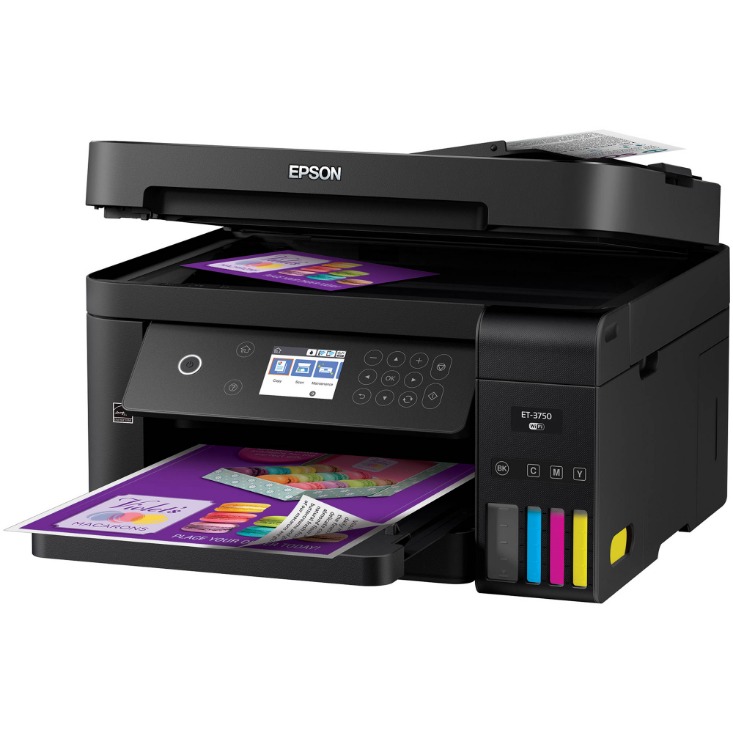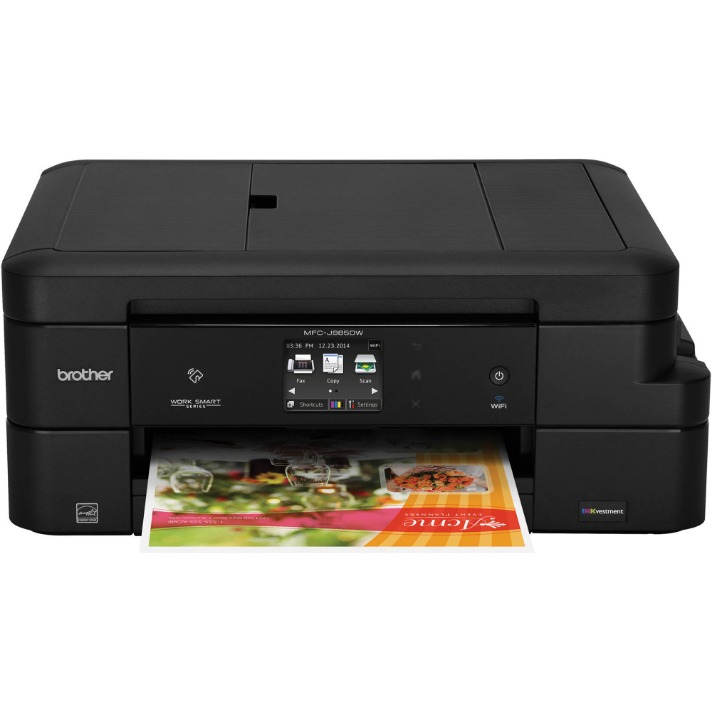Peek behind a self-service kiosk, a ticketing terminal, or a smart locker, and you’ll often find a compact mechanism quietly churning out proof of purchase or access codes. That mechanism is an embedded thermal printer, engineered for reliability inside enclosures where space is tight, uptime is critical, and maintenance must be swift and infrequent.
What Sets Embedded Printing Apart
Unlike desktop receipt printers, an embedded thermal printer integrates directly into the host device’s chassis. It is designed as a component, not a peripheral, which means power, data, and mounting all align with the system’s internal architecture. The result is a seamless user experience: receipts slide out of a bezel, tickets emerge from a slot, and nothing protrudes to invite tampering or accidental damage.
At a technical level, these printers rely on direct thermal technology—no ink or ribbon—reducing consumables and minimizing points of failure. The printhead heats microcapsules in the paper, producing crisp text, barcodes, and graphics at speeds that keep queues moving. Built-in cutters, paper-present sensors, and anti-jam paths transform a simple mechanism into a robust module ready for unattended operation.
Form Factor and Mounting
Form factors range from ultra-compact mechanisms for handheld devices to 80mm modules suited for kiosks and payment terminals. Mounting options include front or rear service, horizontal or vertical orientation, and adjustable bezels that align with custom fascia. Design teams prioritize rigidity to prevent vibration-induced misfeeds and ensure precise paper alignment for barcodes and QR codes.
Speed, Durability, and Cutter Design
High-speed printing (often 200–300 mm/s) reduces transaction time, but durability distinguishes the best modules. Long-life printheads, reinforced gears, and metal frame components withstand high duty cycles. Auto full/partial cutters improve ergonomics and reduce paper waste; a partial cut leaves a small paper bridge that keeps the receipt in place until the customer pulls it, lowering litter and jams.
Design Considerations for Product Teams
Integrating an embedded module involves balancing power delivery, thermal management, firmware, and usability. Engineers specify stable power rails to handle peak draw during heating cycles, plus protection from voltage dips in battery-backed systems. Heat dissipation from the printhead and motor must be accounted for in the enclosure layout, with ventilation or heat sinks where necessary.
Connectivity and Protocols
Common interfaces include USB, RS-232, and TTL/serial, while some models offer Ethernet or Bluetooth depending on deployment needs. Compatibility with standard command sets (such as ESC/POS) streamlines software integration and allows easy formatting for receipts, coupons, and graphics. Developers should validate font rendering, barcode symbologies, and image dithering to ensure consistent legibility on thermal paper.
Paper Handling and Serviceability
Front-loading cassettes and drop-in paper paths cut service time dramatically. Sensors—cover open, paper low, paper end, paper taken—enable smarter device behavior and predictive maintenance. For high-traffic environments, consider wide paper rolls, guided paper paths, and tear-resistant tickets. Clear service access and tool-less replacement keep field technicians moving and downtime near zero.
Use Cases Across Industries
Retail self-checkout, quick-service kiosks, and vending machines depend on fast, clean receipts and coupons. Transportation terminals print boarding slips and parking tickets with barcodes that must scan reliably, even in harsh lighting. Healthcare devices produce specimen labels and patient instructions; tamper-resistant bezels and antimicrobial materials help meet compliance needs. EV chargers, gaming cabinets, and smart lockers round out a growing set of unattended applications where a embedded thermal printer delivers dependable, low-friction output.
Selecting the Right Module
Spec the printer around your customer experience and service model. Prioritize print speed and cutter reliability for high throughput. Validate thermal paper quality for archival needs or extreme temperatures. Confirm SDK support for your platform and test with real-world graphics and barcodes. Consider an embedded thermal printer with an 80mm mechanism and auto full/partial cutter for kiosks that demand both speed and clean presentation.
Security and Tamper Resistance
Since these printers often operate unattended, anti-fishing bezels, lockable paper compartments, and reinforced mounting are essential. Firmware features such as paper-present verification and cover-open events can be tied to alerting systems, while secure boot or signed firmware—if available—helps maintain device integrity.
Sustainability and Total Cost of Ownership
Direct thermal printing reduces consumables compared with ink-based systems, and energy-saving modes limit idle draw. Linerless labels and recyclable paper options are increasingly viable, though they require compatible cutters and print settings. The largest savings often come from fewer service visits—achieved through robust mechanics, predictive sensor data, and straightforward paper changes.
Looking Ahead
As unattended commerce expands, embedded printing will become smarter and more maintainable. Expect better diagnostics, remote configuration, and analytics that forecast paper depletion and component wear. Higher-resolution heads will sharpen logos and QR codes, while improved coatings combat heat, humidity, and UV exposure. For product teams, the payoff is a frictionless handoff from digital interaction to physical proof—made possible by the quiet efficiency of the embedded thermal printer.




